I'm not sure if this is the right place to ask but I shall anyway.
I have 2 .NET applications; one that was compiled by myself, the other not. Both use .NET Framework 4.5. But they handle exceptions differently.
In the application which I did NOT compile; it shows the unhandled exception dialog (which I want and expect)

But in the application I did compile; it just shows the application has crashed;

So there must be a setting in the VS config or project config that is preventing the unhandled exception dialog from displaying in apps that I compile?...
I have tried re-installing VS, changing the settings in the Debug->Exceptions menu, neither have worked...